The Big Horn County Library was created in 1907 by the Book Lovers’ Club, an organization created by a group of women in Basin in 1906.
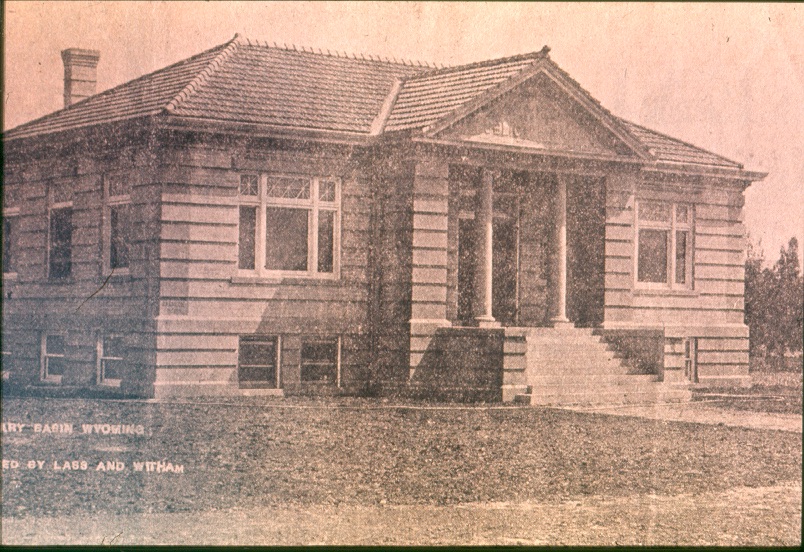

The Big Horn County Library was created in 1907 by the Book Lovers’ Club, an organization created by a group of women in Basin in 1906.
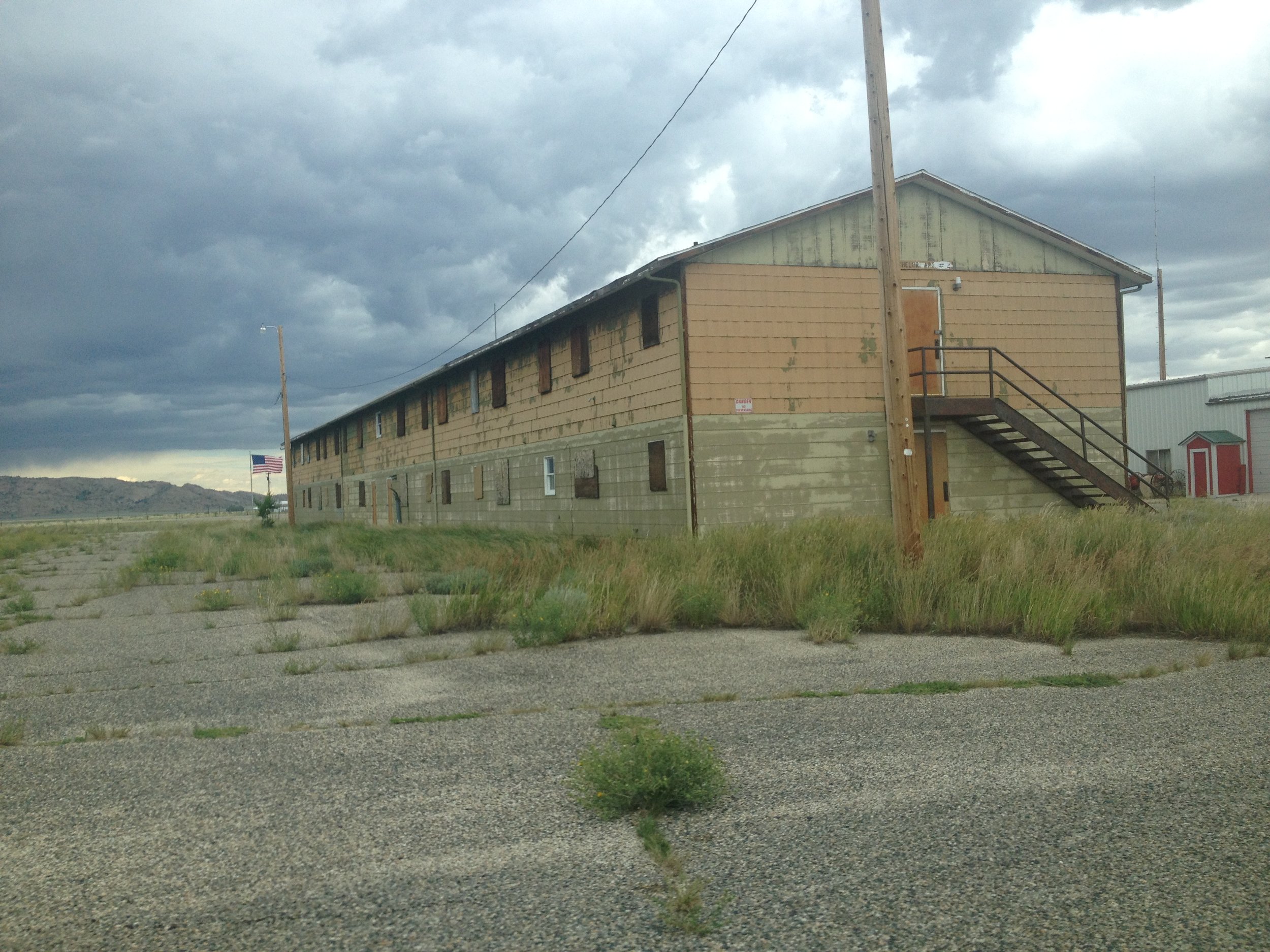
Jeffrey City did not begin as a mining town. The town originally sprang up in the early 1930s when Beulah Peterson Walker and her husband moved to the area from Nebraska and homesteaded in the area.
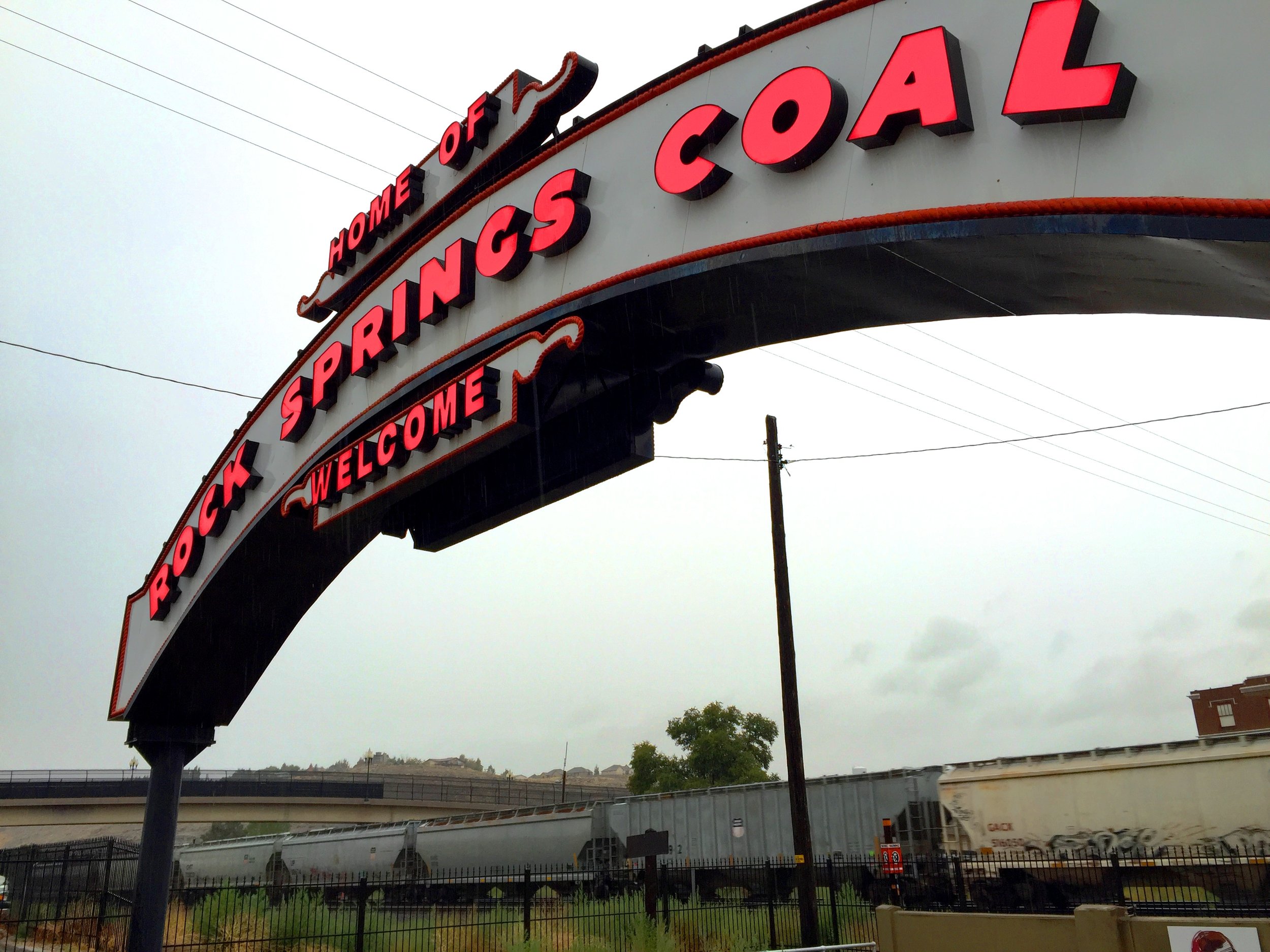
The Rock Springs Coal sign was originally constructed in 1929 by the Wyoming Coal Operators. The welcome sign arched over the Lincoln Highway to greet travelers as they came through town.
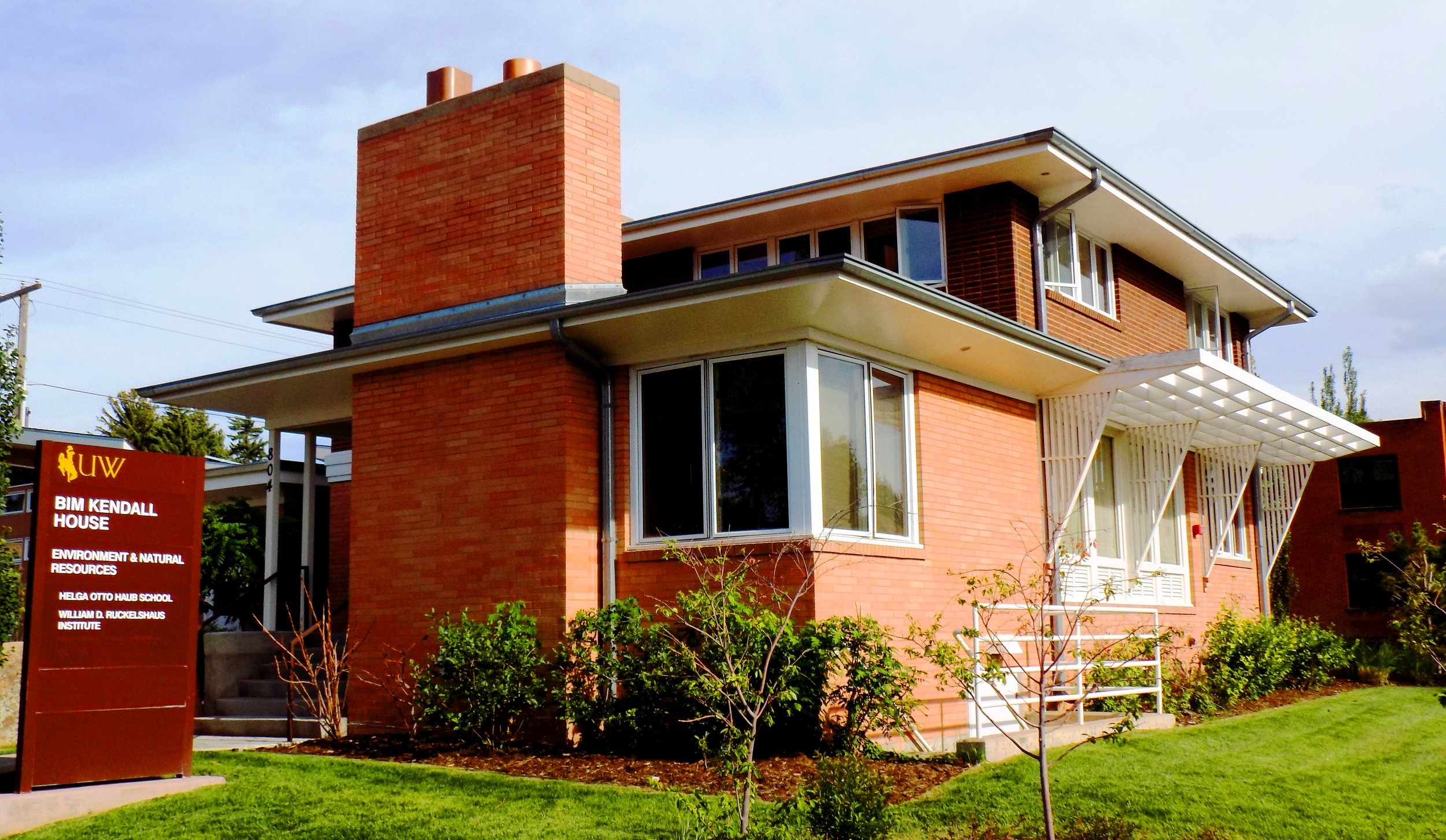
The Bim Kendall House in Laramie is home to the University of Wyoming’s Haub School of Environment and Natural Resources. The house was built in 1954 by prominent Laramie architects Eliot and Clinton Hitchcock.

In order to make the Cheyenne depot stand out, the Union Pacific turned to prominent architect Henry Van Brunt who was nationally-known for his institutional buildings designed in the Richardsonian Romanesque style that was popular during the late 19th Century.
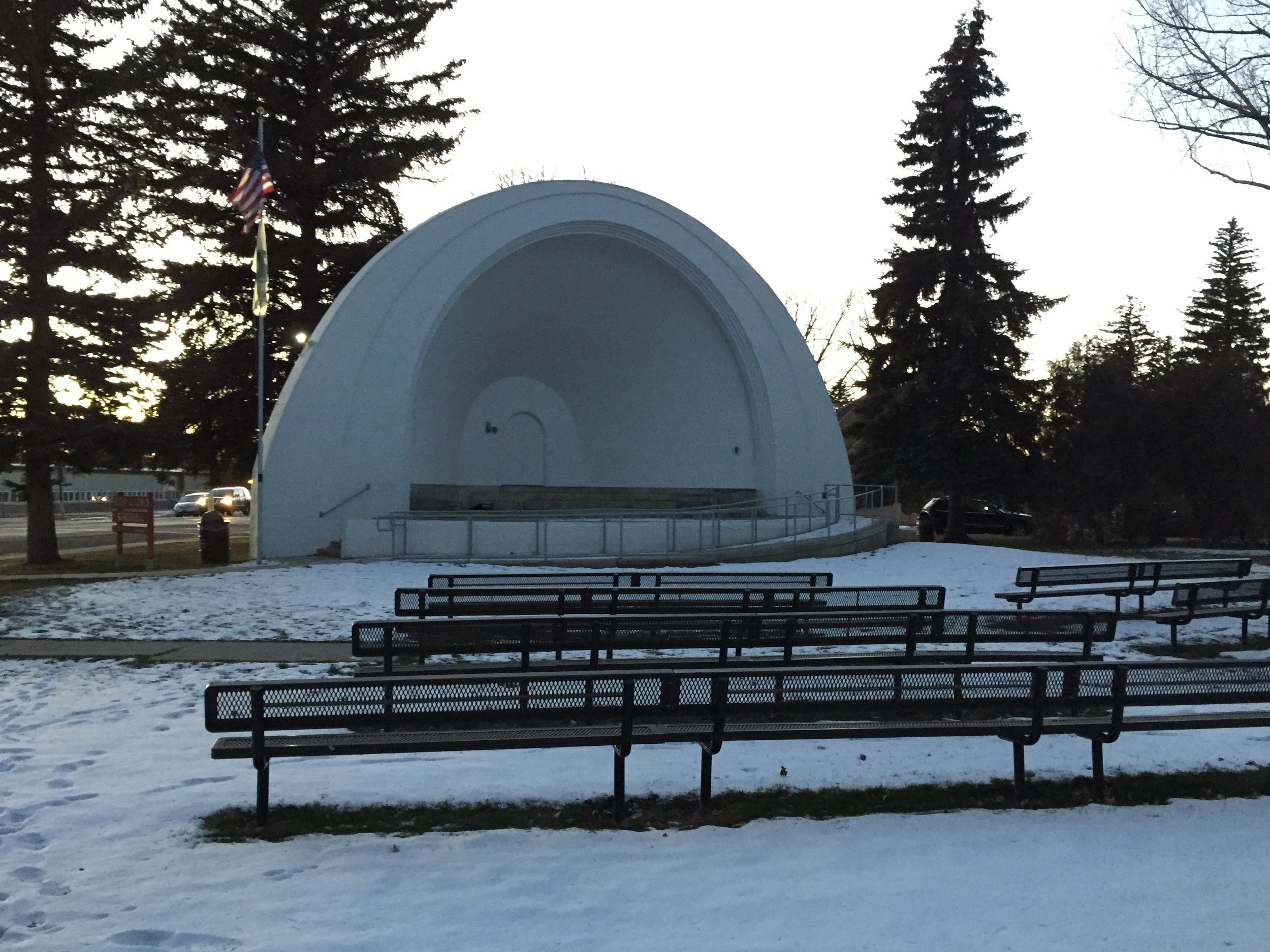
The bandshell in Laramie is one of thousands of public works projects that were completed as a result of the Works Progress Administration. Communities across America are dotted with buildings and parks that came from Roosevelt’s New Deal.
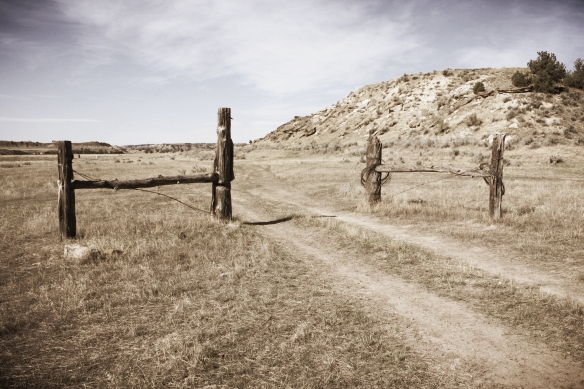
Located in northeast Wyoming along the Powder River, the LX Bar joins a long list of historic ranches that tell the story of the early cattle industry in the state of Wyoming.
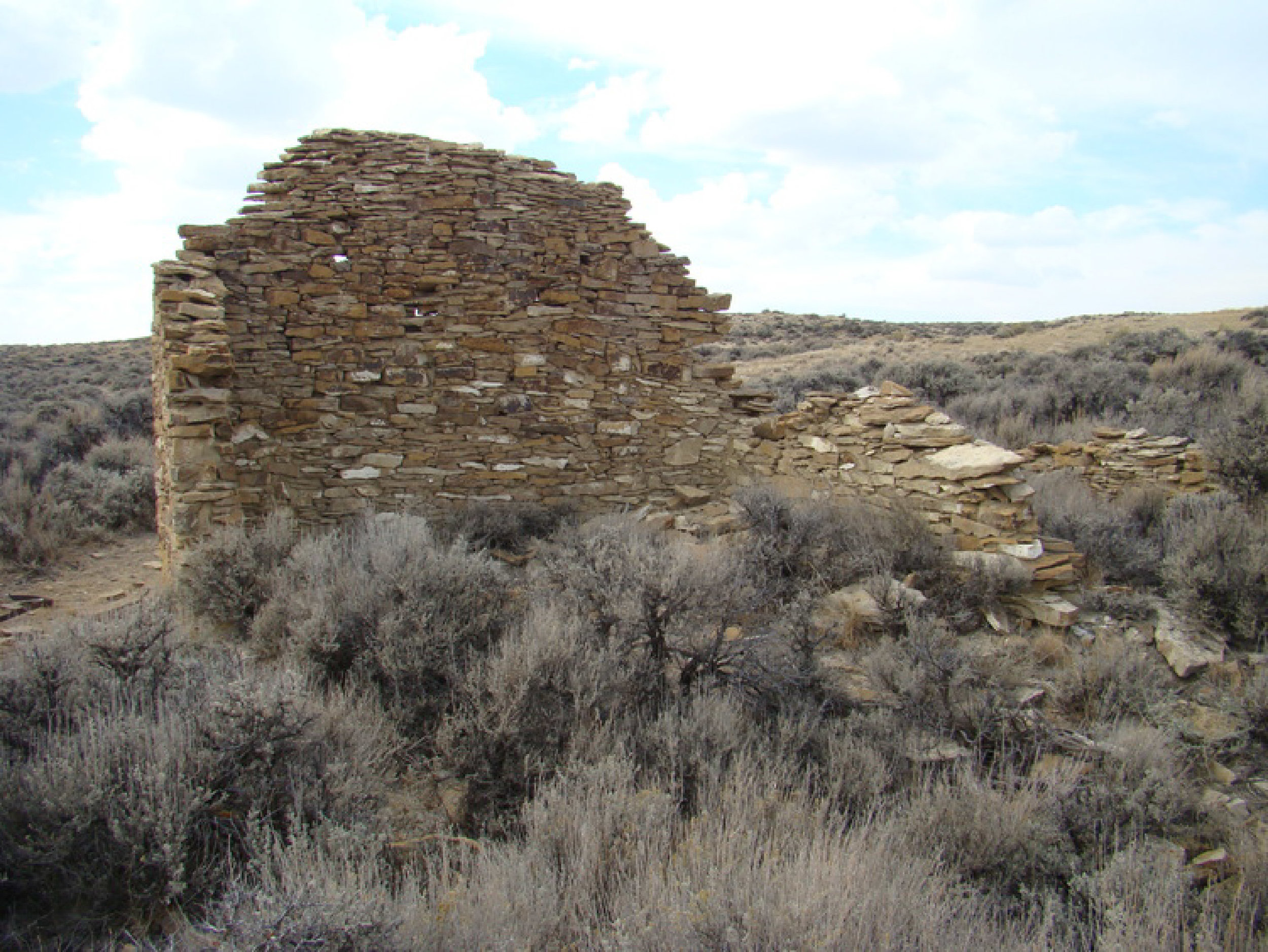
Carbon was founded in 1868 along the Union Pacific railroad and was named for the resource that was mined in the area: coal.
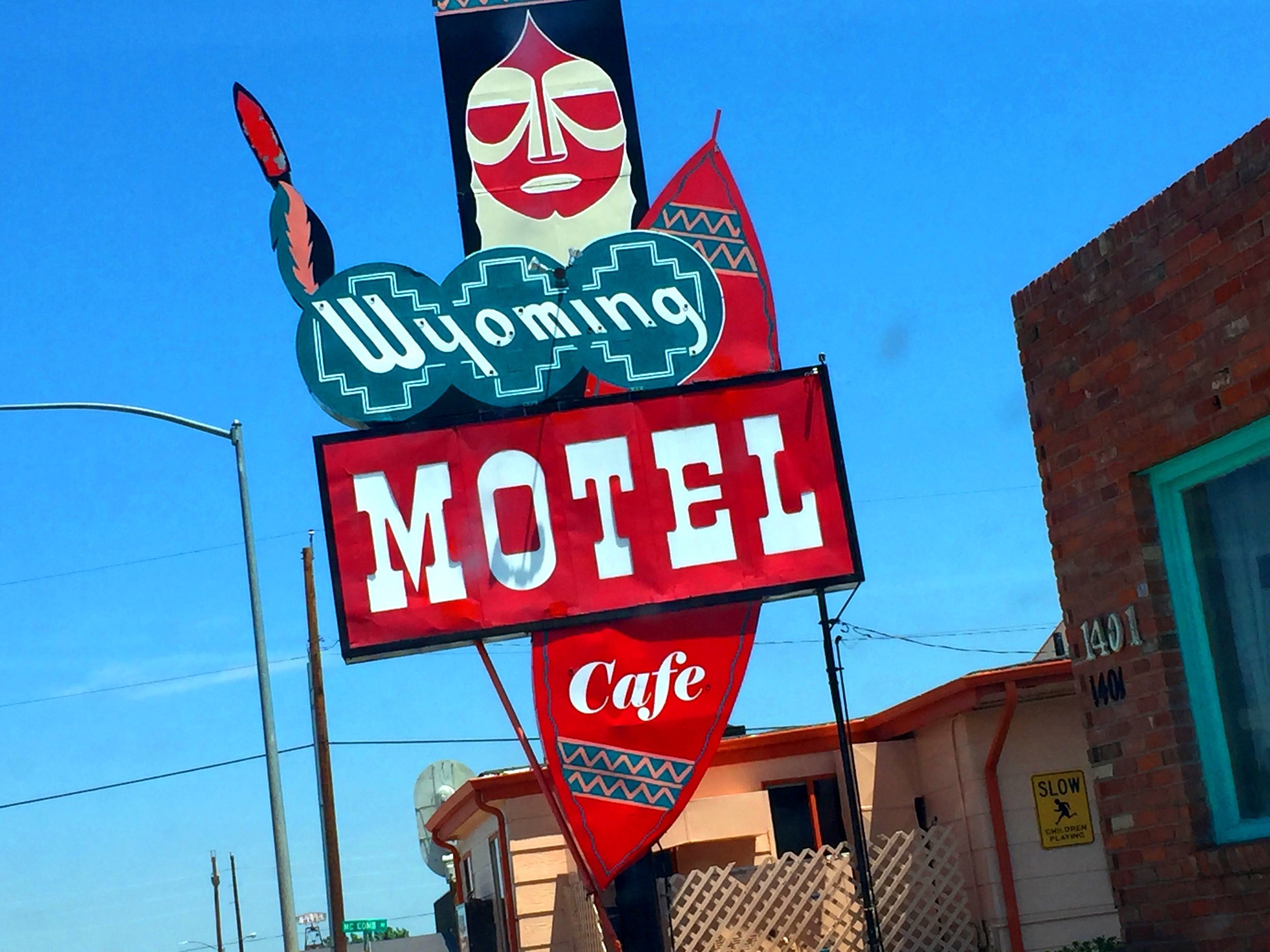
The Wyoming Motel in Cheyenne was one of the many motels that sprung up in the heyday of long distance automobile travel. The motel was built in 1936, making it Cheyenne institution for the last 80 years.
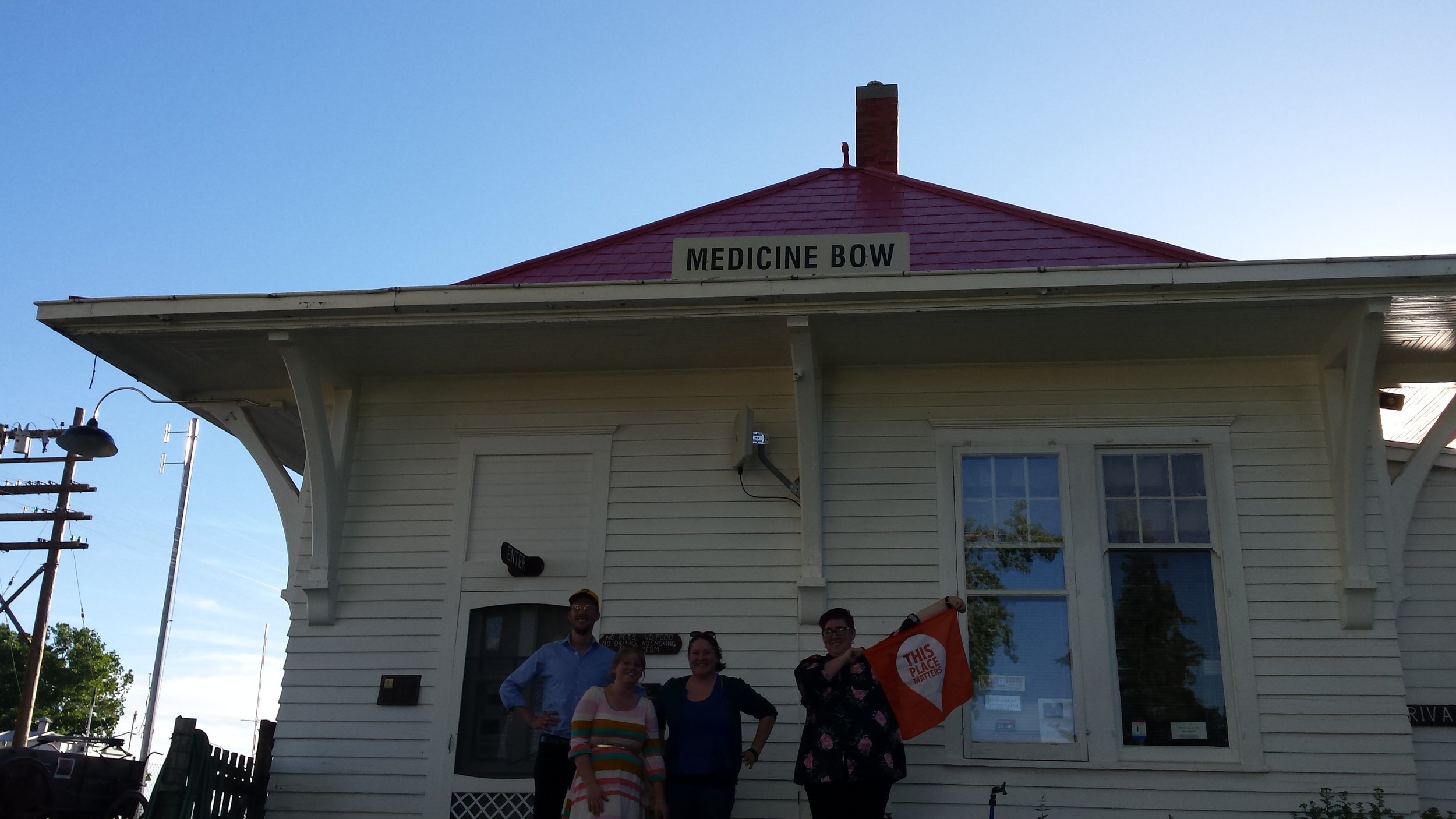
The depot in Medicine Bow stands out in the small town with its bright red roof. It speaks to a time early in the state’s history before the Lincoln Highway and the Interstate highway system when train travel was still the best way to get from destination to destination.

In a way, the the Wolf Hotel in Saratoga owes its existence to a particular case of rheumatism. Now it has become a feature of Carbon County.
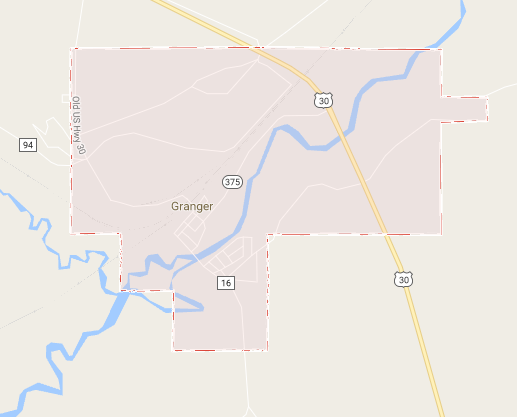
The town of Granger is currently in the process of converting their former school into a community center.
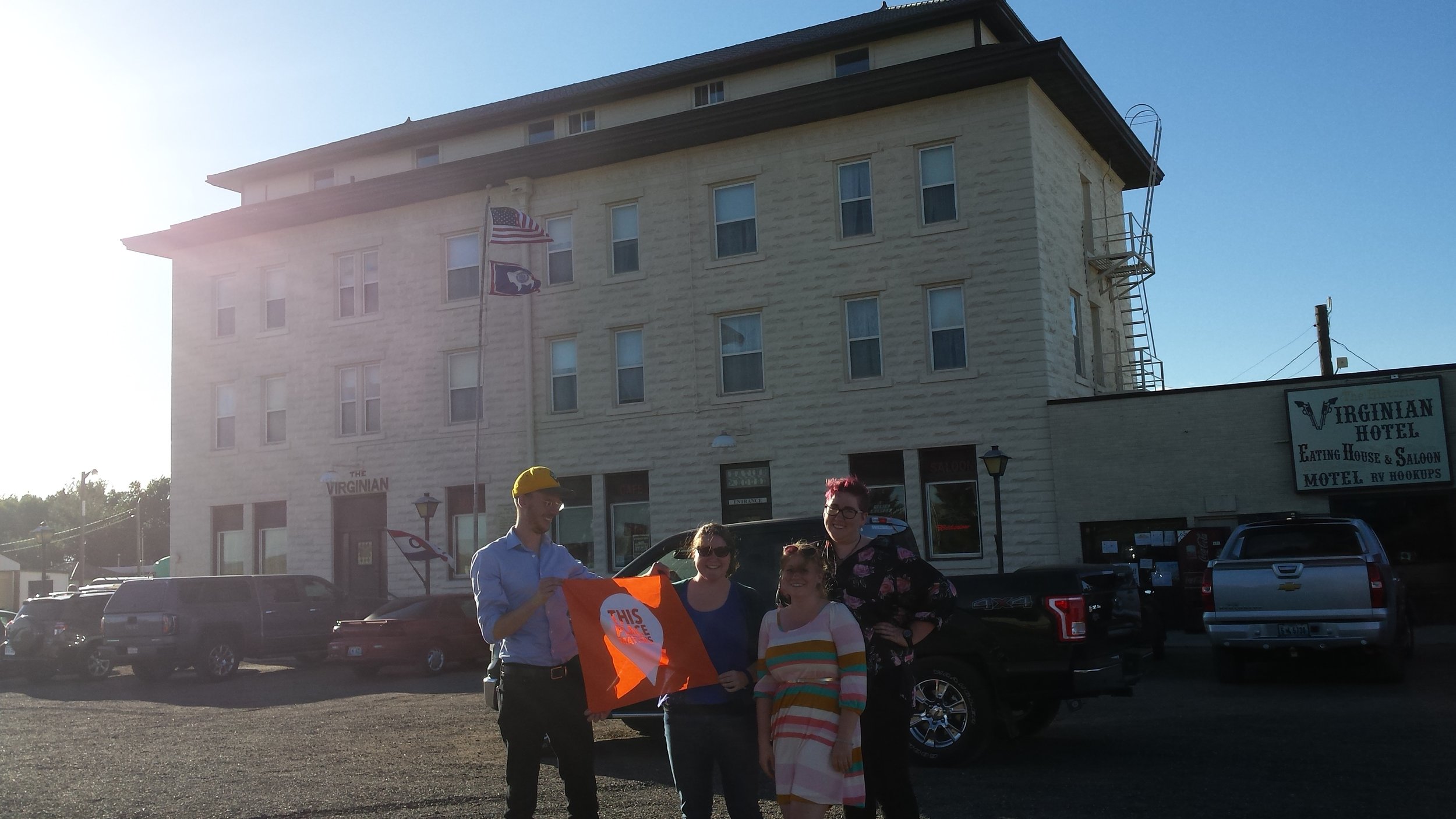
The Lincoln Highway was notorious for attracting unique landmarks to draw in business from travelers. One such place on the Lincoln Highway, now Highway 30, is a monolithic, three-story stone building – the Virginian Hotel.
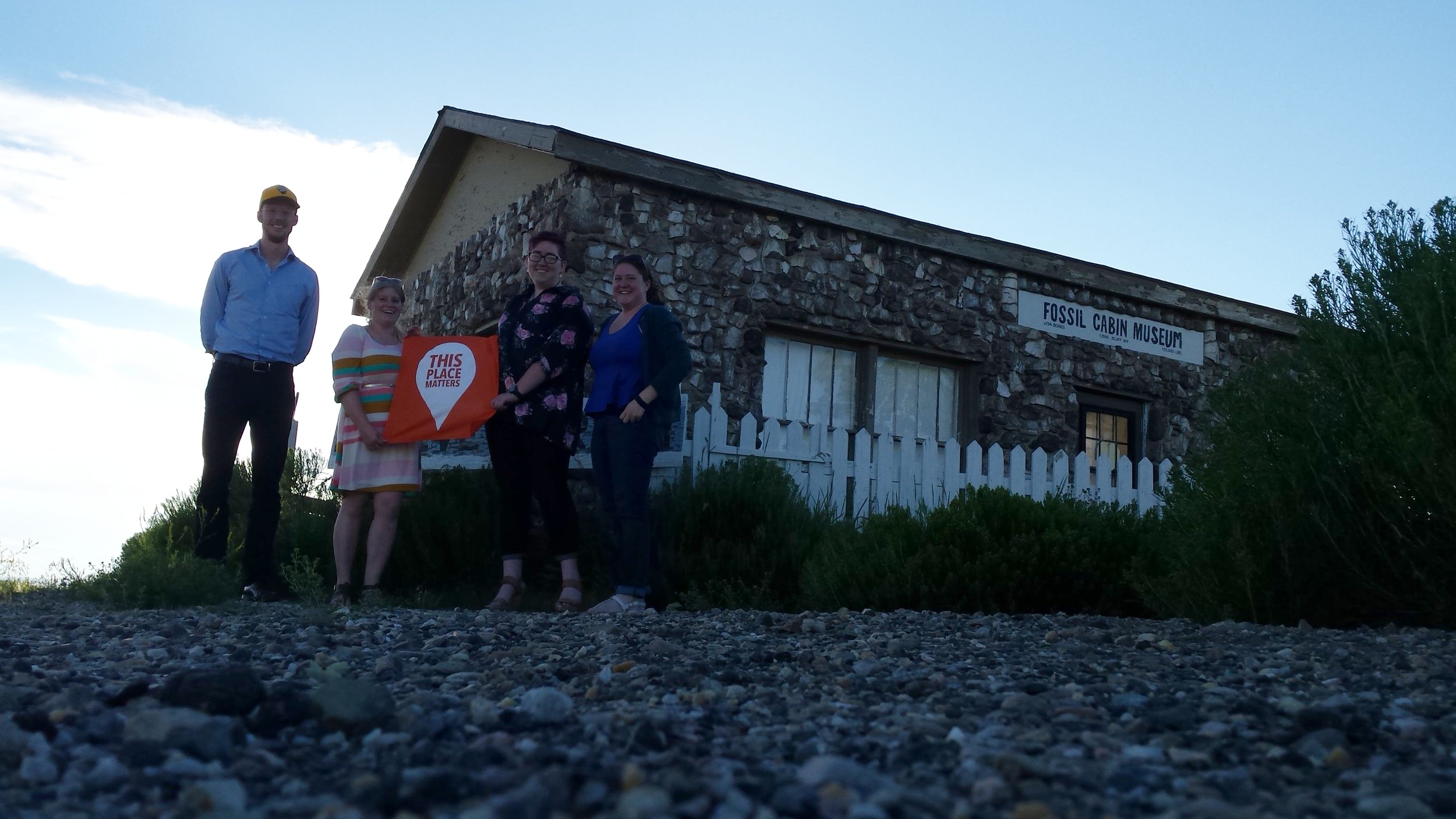
The Fossil Cabin Museum on Highway 30, Wyoming was built in 1932, but its materials are much older. The cabin is constructed entirely out of dinosaur fossils.
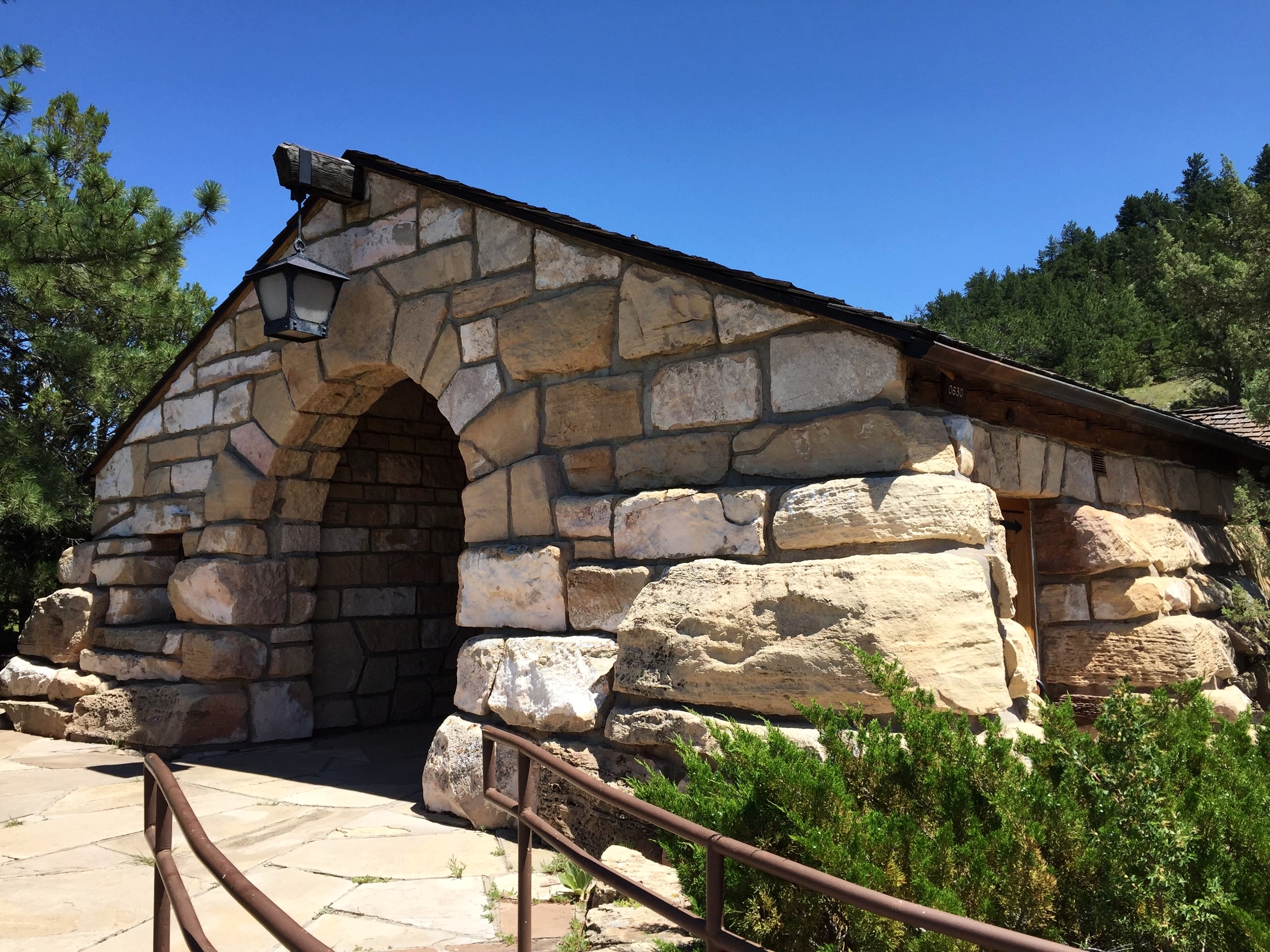
The castle-like structure that sits atop a cliff overlooking the Guernsey reservoir was a Civilian Conservation Corps project initiated during the Great Depression.
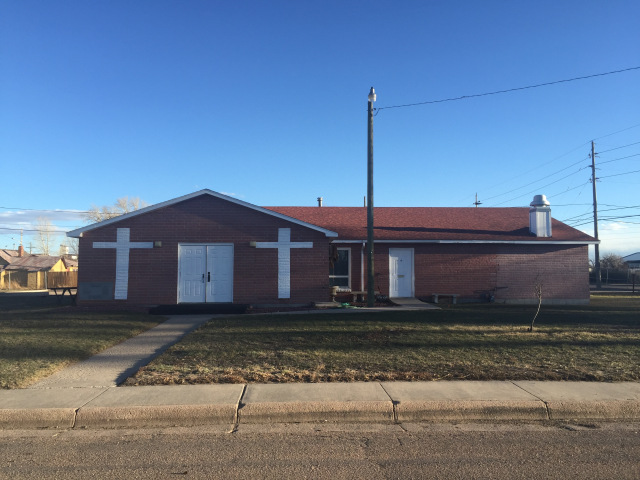
While the Allen Chapel African Methodist Episcopal Church has not been in one location for its entire lifetime, its congregation and presence in the community have been an important part of Cheyenne since it was established in 1878.
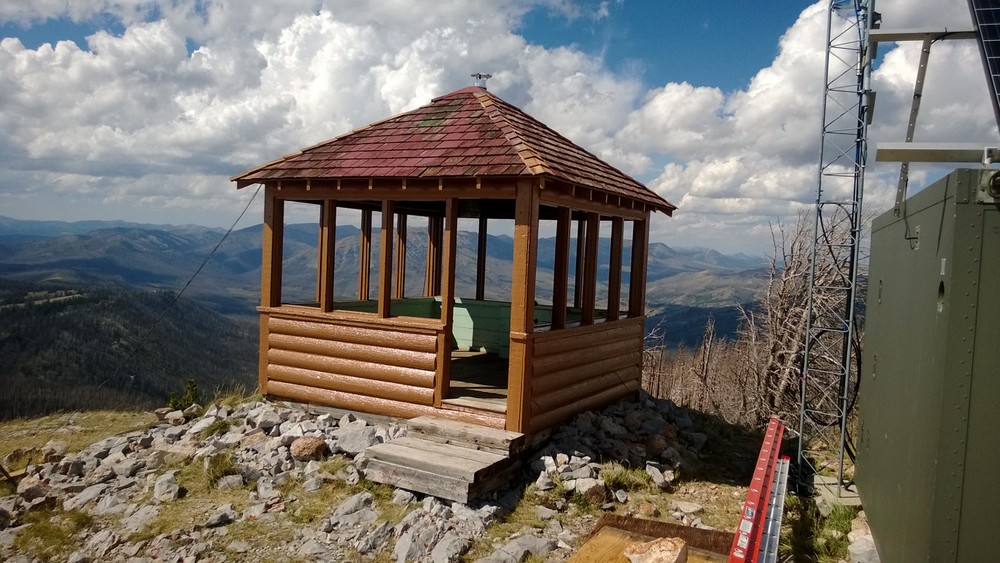
Our relationship with fire goes way back, but we are still engaged in a constant negotiation with the flame to this day. Fire lookout towers stand as beacons in the everlasting conversation between natural processes and human interests.
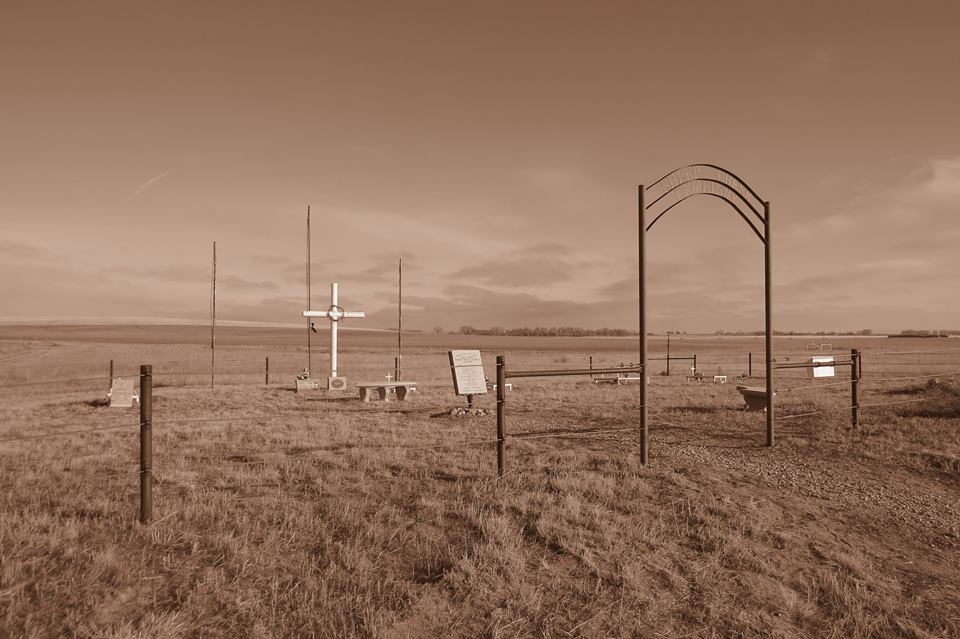
Empire was founded in 1908 by African American settlers who came from Nebraska to build a racially self-sufficient, politically autonomous community in the Equality State. Empire thrived for about a decade, but vanished from the map in the mid-1920s.

While railroad towns like Cheyenne were already developing reputations and nicknames like “Hell on Wheels,” the railroad industry was also thriving in the mountains that span the vast spaces between those towns. The early period of railroad construction throughout the west formed a strong connection between interstate commerce and transportation and what would become our nation’s national forests.
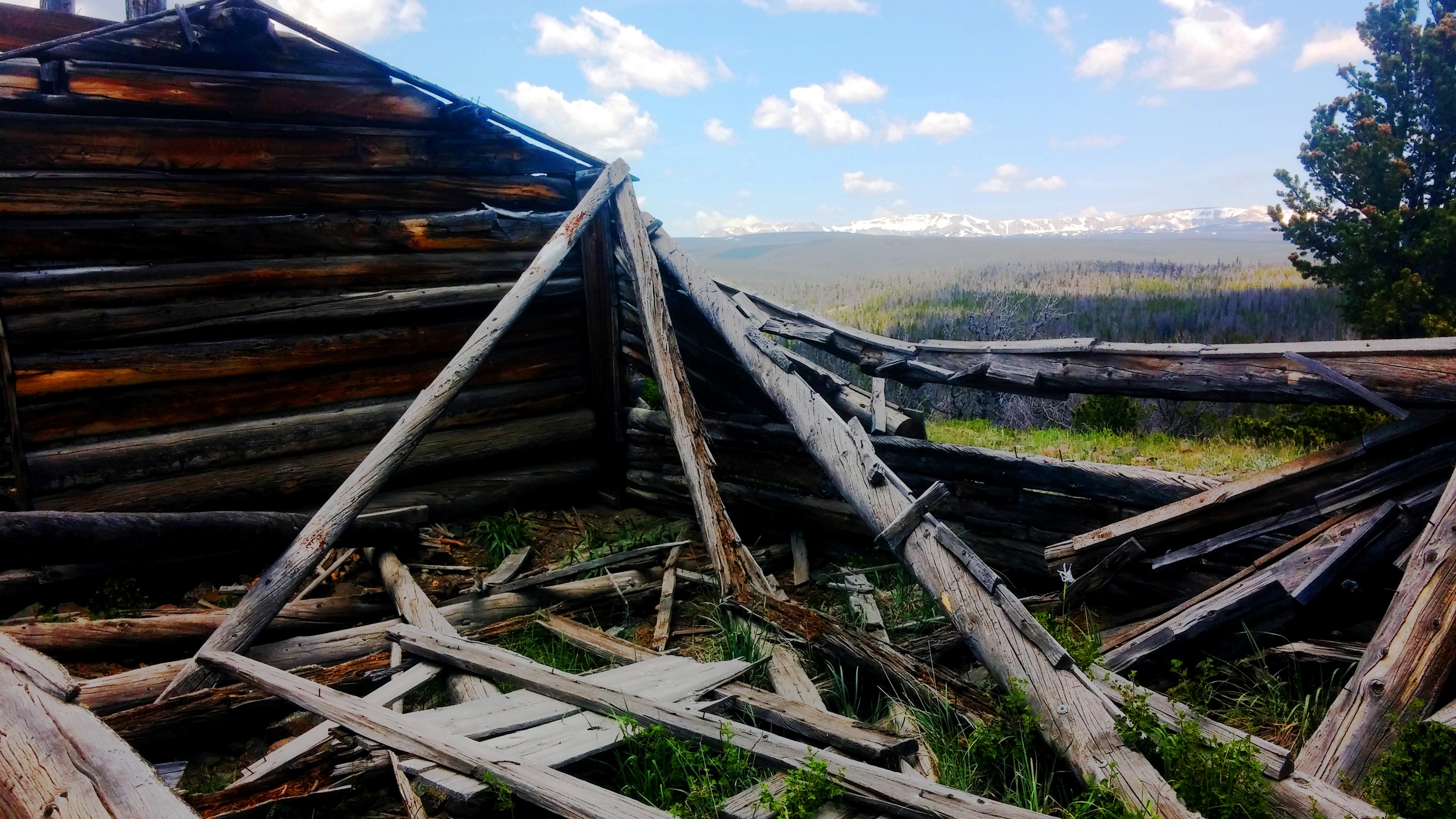
The development of the modern west was largely related to the vast open spaces that surround the towns. Many of these lands are federally owned, and contain historic resources related to homesteading, ranching and grazing, energy development, and fire suppression. The National Historic Preservation Act plays an important role in preserving these open spaces and the cultural resources that lie within them.
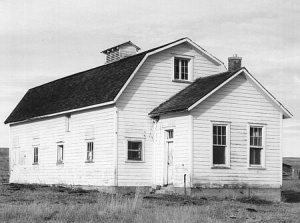
Fort McKinney, located about two miles west of Buffalo, Wyoming, was home to at least four companies of Buffalo Soldiers, all members of the Black Ninth Cavalry, making it a significant site in Western African American history.